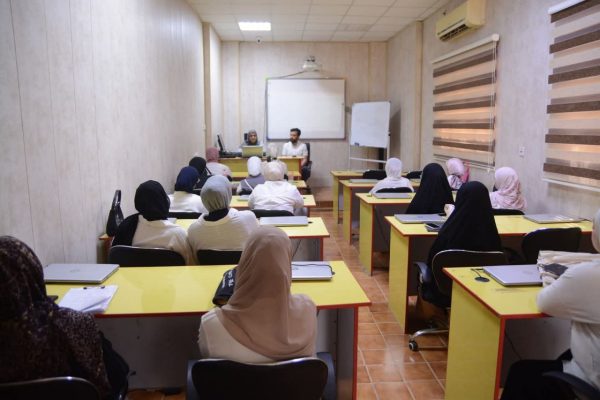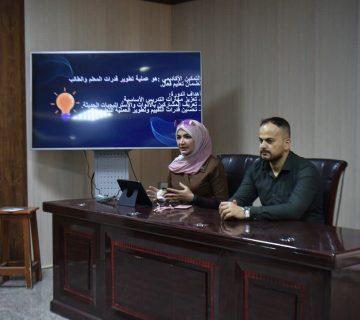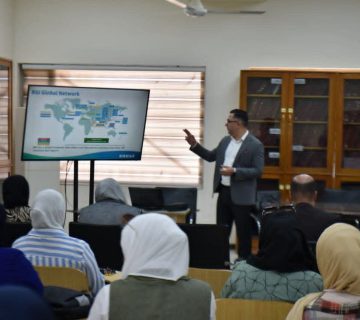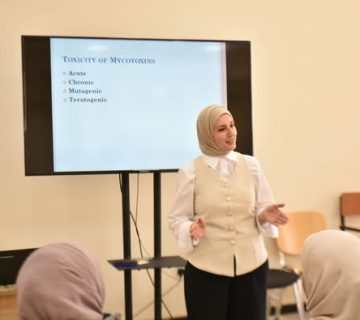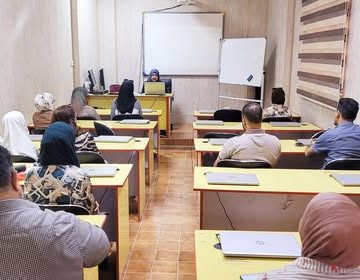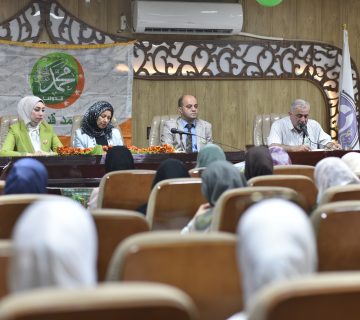Under the patronage of the Dean of the College of Science for Women, Professor Dr. Sameera Naji Khdim, the Continuing Education Unit held a workshop entitled “Non-Surgical Cosmetic Procedures.” The session was presented by Dr. Ameera Hassan, Dr. Fadel, and Ms. Asraa Amer Kazem.
The workshop aimed to introduce the concept of non-surgical cosmetic procedures, highlighting their various types and distinguishing among them. As a rapidly evolving and diverse field, non-surgical cosmetic procedures offer individuals the opportunity to enhance their appearance without undergoing invasive surgery. These procedures include techniques such as dermal fillers and laser treatments, which can improve the appearance of the face and body.
The workshop emphasized the benefits of non-surgical cosmetics, including enhancing overall appearance, boosting self-confidence, reducing signs of aging, and improving skin texture. These outcomes are achieved using advanced techniques such as filler and Botox injections.
A detailed explanation was provided regarding both materials. Many people find it difficult to distinguish between them. Fillers are natural substances produced by the body in large amounts during youth but decrease with age, leading to the formation of wrinkles. One common type is collagen, a naturally occurring substance found beneath the skin and considered the most affordable filler option with a simple injection procedure. Another type is Restylane, which is regarded as a superior alternative to collagen, especially for treating wrinkles and fine lines, due to its content of hyaluronic acid. The third type discussed was Sculptra, a synthetic filler made from polymer-based organic compounds that stimulate collagen production when injected beneath the skin.
The workshop addressed both the advantages and potential side effects of these procedures. Side effects may include skin redness, bruising, bleeding, rashes, itching, and other reactions.
Practical advice was also provided to minimize risks and adverse effects associated with fillers. These included ensuring that the procedure is performed by licensed and experienced cosmetic doctors, using filler products approved by recognized health authorities, and strictly following the physician’s instructions and guidelines.
Additionally, the workshop shed light on Botox, describing it as a safe and effective procedure with effects that can last for several months. Botox is commonly used to reduce wrinkles around the eyes, between the eyebrows, and on the forehead.
The workshop concluded with a Q&A session, where participants’ inquiries were addressed by the organizing team.
